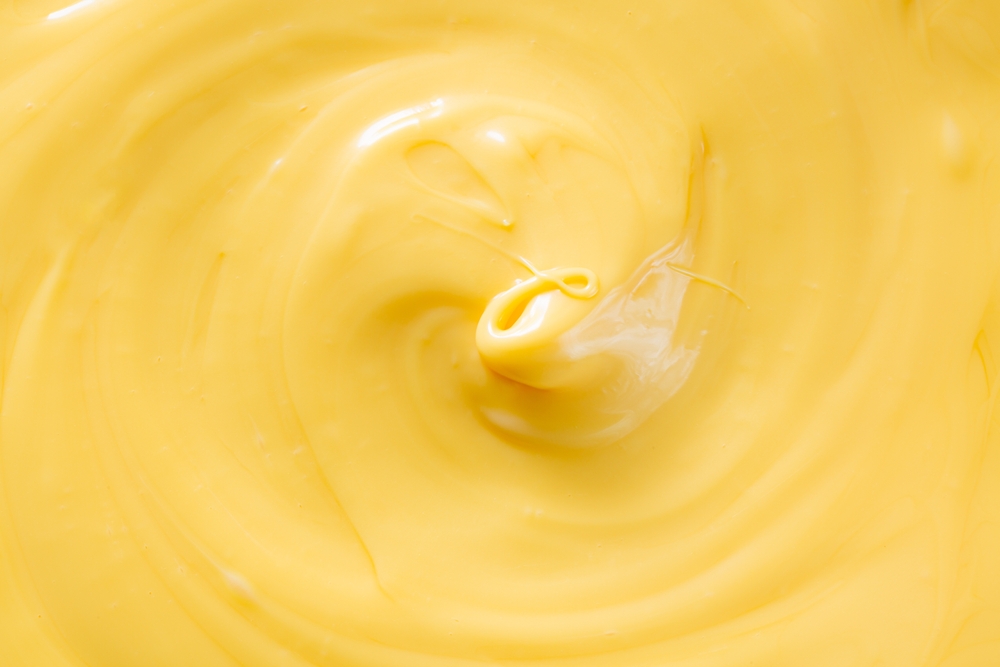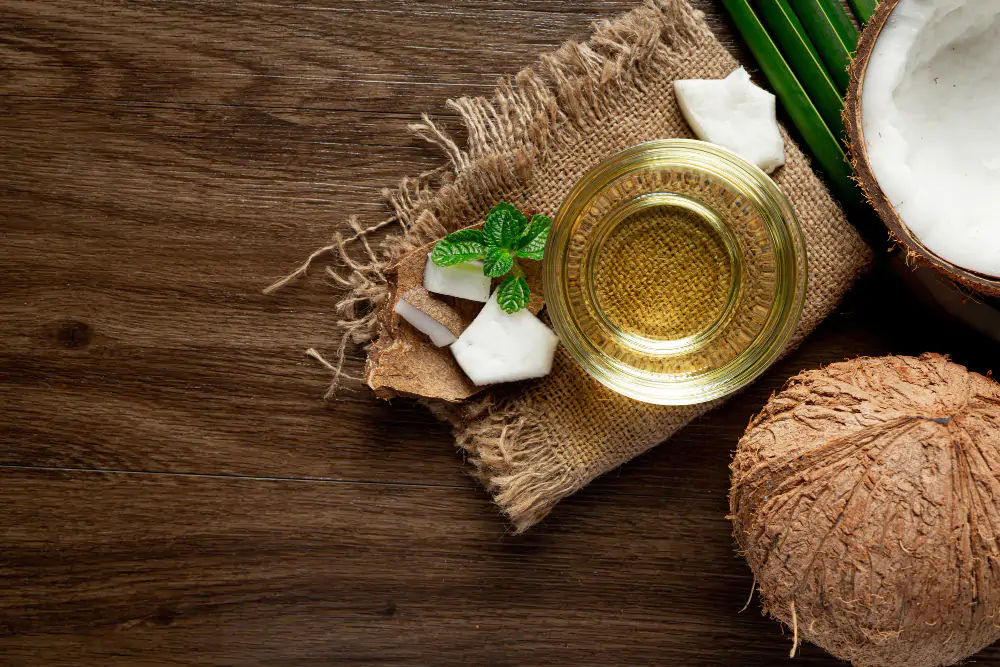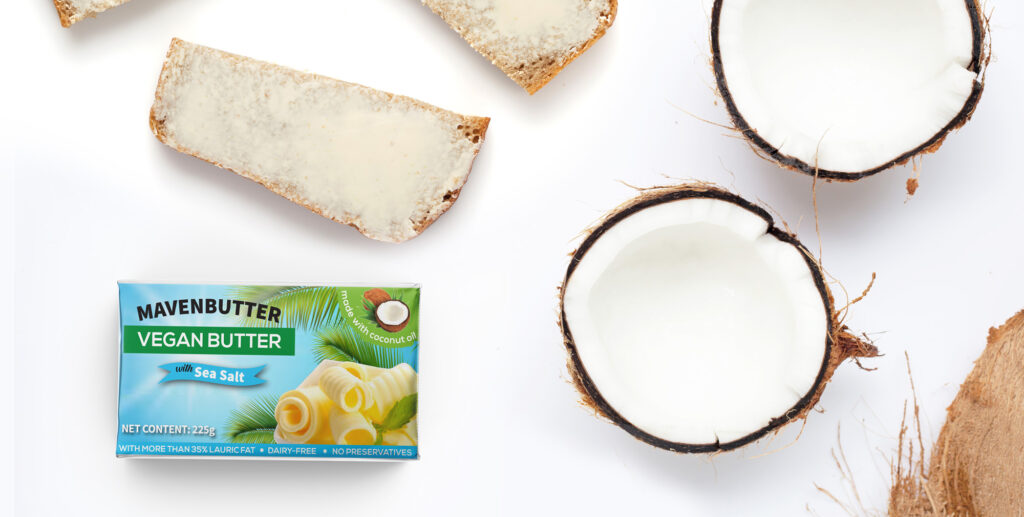Butter is one of those ingredients that just makes everything better. It adds richness, enhances texture, and brings out deep, satisfying flavors in both sweet and savory dishes. Whether it’s a batch of golden pastries or velvety sauce, butter plays a major role in the food industry in making dishes taste and feel just right.
But not all butter is the same. There are different types, each with its own strengths. Some are best for baking, others for cooking, and some are perfect just for spreading on warm bread. Knowing the difference helps you get the best results every time.
The Basics of Butter
How is butter created? It’s made by churning milk or cream until the fat separates. This leaves behind rich, spreadable butterfat. Although cow’s milk is used more often, types of butter can also be made from sheep’s or goat’s milk, giving it distinct flavors and textures.
Butter’s consistency and flavor are greatly influenced by its fat level. While European butters have a somewhat greater fat content, which gives them a creamier texture and richer flavor, standard butter usually comprises at least 80% butterfat.
The color of butter can range from pale to deep yellow, depending on the cows’ diet and the seasons. Grain-fed cows, for example, produce butter with a paler color than grass-fed cows. This is also due to the differences in nutrient content, since butter from grass-fed cows tends to be higher in nutrients like omega-3 fatty acids, conjugated linoleic acid (CLA), and vitamin K2. To keep their products looking the same, some food brands might also add food coloring.
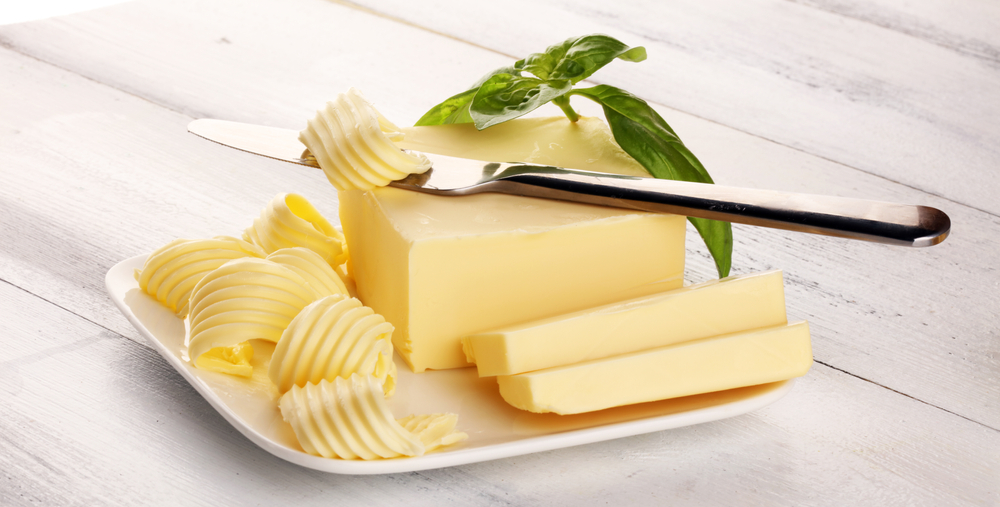
The Different Types of Butter
Now that you know how butter is made, let’s look at the different types. Several types of butter have characteristics that make them ideal for particular recipes, so choosing the right one can make all the difference in flavor and texture. Whether you prefer classic dairy butter or need an alternative, a trusted food ingredients supplier ensures quality and consistency for your recipes.
Here’s a look at some of the most common types you can find:
Unsalted Butter
Unsalted butter has a mellow, creamy flavor and is made from pure cream without any salt added. Because it enables bakers to regulate the amount of salt in recipes, it’s a preferred ingredient for baking. This butter type is used in many kitchens for anything from bread and pastries to cakes and cookies.
Salted Butter
This butter has a more distinct flavor since it contains a bit of salt. It’s usually used to make pasta sauces, sauté veggies, and spread on toast or toasted bread.
Sweet Cream Butter
Sweet cream butter can be unsalted or salted and is made from fresh pasteurized cream. Because of its subtle sweetness, it works well in frostings and muffins.
Cultured Butter or European Butter
This kind of butter has a somewhat tangy flavor because live bacterial cultures are added to cream before it is churned. Known for its high butterfat content (82% or more), European butter is richer, creamier, and often made from the milk of grass-fed cows. This is a must-have butter for baking delicate pastries like croissants and even enhancing soups.
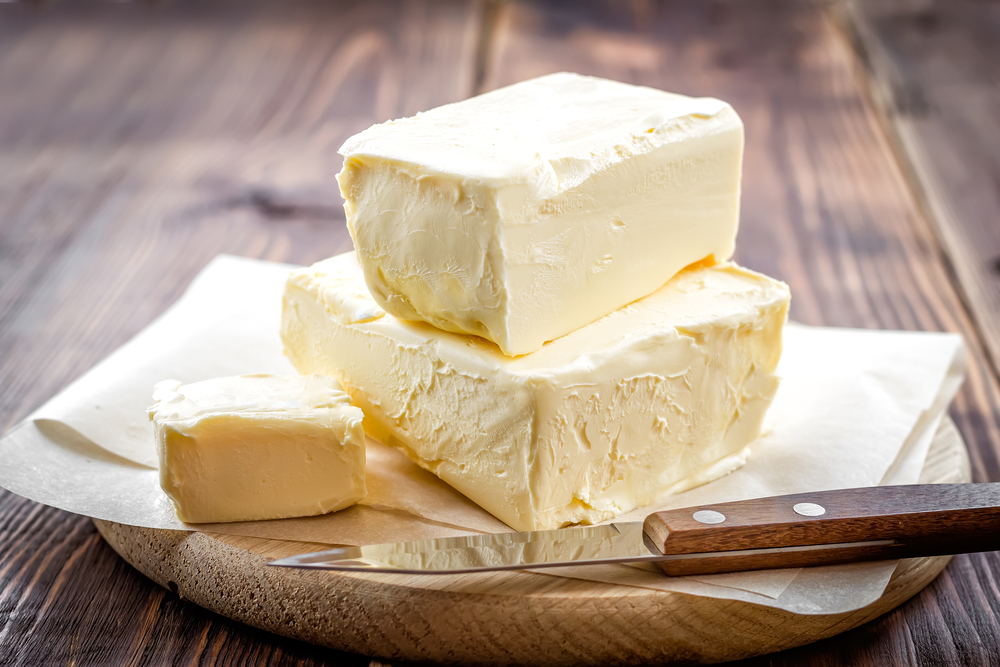
Clarified Butter (Ghee)
Ghee is ideal for grilling and frying because of its high smoke point and rich, nutty flavor. It has a lengthy shelf life since it was simmered to eliminate water and milk solids.
Plant-Based Butter
If you want to avoid dairy, plant-based butter from coconut, palm, or olive oil can be used as a vegan substitute for unsalted butter.
The Different Uses of Butter for Cooking and Baking
Using Butter for Baking
Why is butter important for baking? Butter shapes the texture, structure, and overall quality of your baked goods. Cakes and other delicacies have a light, fluffy texture because butter traps air when combined with sugar. To achieve tender cakes, chewy cookies, and perfectly flaky pastries, butter controls gluten formation with its fat content.
When butter is melted and browned, it produces rich, caramelized flavors that enhance cookies, brownies, and pastries. Its moisture level keeps baked items from drying out and guarantees a rich, velvety bite. To maintain consistency and quality in large-scale production, working with a trusted butter blends and compounds supplier is essential for bakeries and food manufacturers.
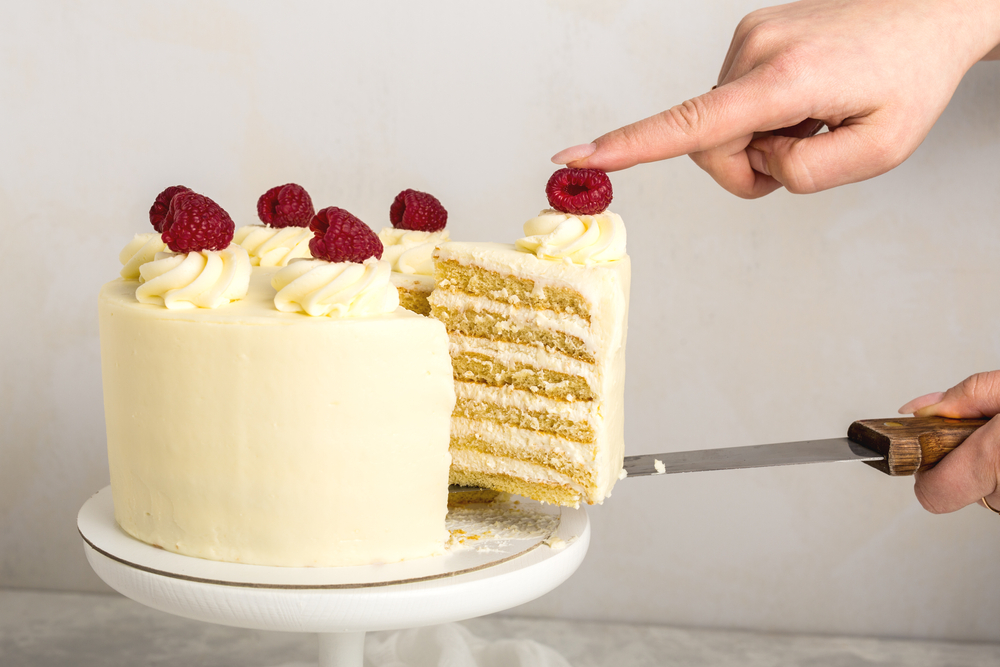
Using Butter in Sauces and Confectionery
Butter is just as important in sauces and confectionery. In sauces, butter brings richness and a smooth, velvety finish. Browned butter brings a deep, nutty flavor, making it a flavorful base for your pasta sauces or a finishing touch for your roasted meats and vegetables.
While the fat content gives fudge and caramel their richness, sweet cream butter gives frostings a silky base in confections. Although honey butter is frequently used as a sweet spread, it can also be used as a subtle sweetener in savory and dessert recipes.
Using Butter for Cooking
In cooking, butter is normally used for sautéing proteins, eggs, and vegetables. Clarified butter or ghee can withstand higher temperatures than ordinary butter, which makes them perfect for frying and high-heat cookery without burning.
Butter can also be used as a finishing touch. Compound butters, which are mixed with herbs, spices, or sweets, are used by many cooks to enhance the flavor of everything from freshly baked bread to steaks and roasted vegetables.
In some recipes, margarine can be used instead of butter when it becomes too costly to use on a large scale. The right margarine supplier can help food professionals find the right balance between cost and quality.
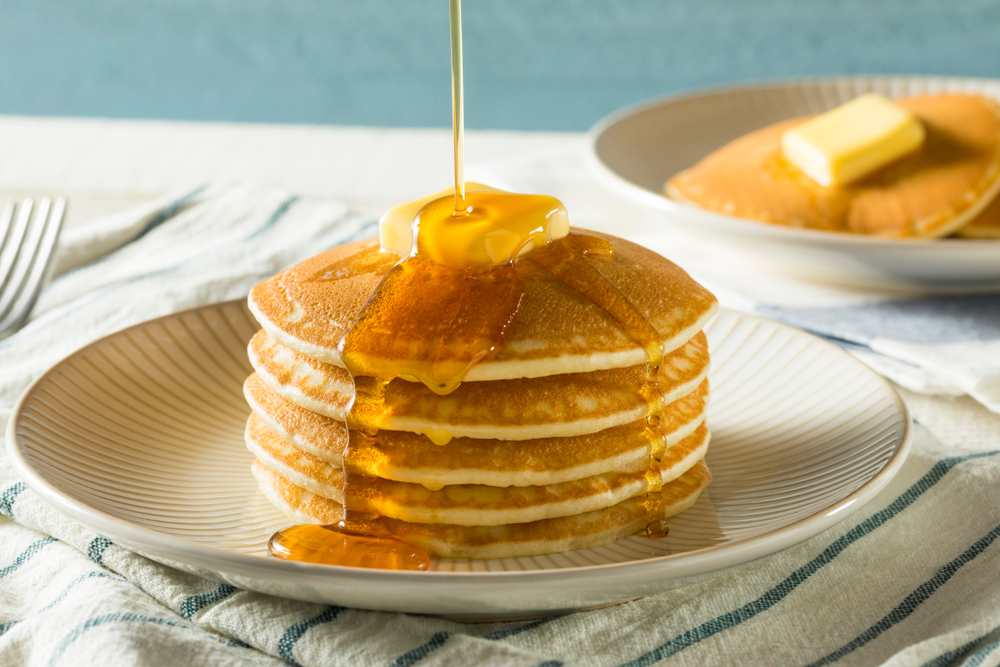
Butter’s Essential Role in the Food Industry
Butter is a key ingredient in the food industry, used in baking, cooking, and food preparation. Whether it’s sweet cream butter for baking or plant-based alternatives, each type helps create dishes that are both flavorful and satisfying. The quality and cost of the food you make are affected by the sort of butter you use, so consider working with a reliable supplier to ensure flavor and consistency across different recipes.
Oleo-Fats provides premium butter and other necessary materials for businesses looking for a butter supplier in the Philippines. Explore our range of products to find the best solutions for your buttery creations!

